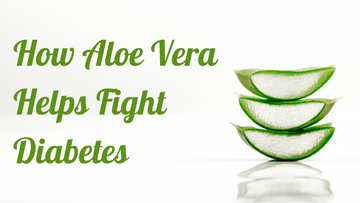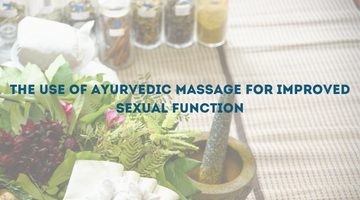
According to reports diabetes will affect 470 million people by 2030. Studies say, approximately 5-10% of the pre-diabetic population will develop diabetes and its complications within a year, including heart problems, imbalances in glucose and lipid metabolism, and vascular disorders. Diabetes prevalence in India has risen from 7.1 percent in 2009 to 8.9 percent in 2019. The diabetes burden in India is summarized at 25.2 million adults estimated, with that number expected to rise to 35.7 million by 2045.
As per 2019 WHO reports, diabetes is a rising problem in India, with an estimated 8.7 percent diabetic population between the ages of 20 and 70. In India, Aloe vera is the most commonly used plant, but also in the world of traditional medicine, Aloe vera is regarded as one of the most valuable ingredients. This plant, also known as Ghritakumari in Hindi, is now an important ingredient in the health and beauty industries.
Aloe vera is found in almost everything we use, from creams, lotions, and serum to juices, supplements, and more. However, Aloe vera in its natural form has been used in Ayurveda for millennia. It resembles a cactus and has numerous skin and health benefits. Aloe vera is available in two forms: Aloe vera gel and Aloe vera Juice. Both have their advantages and can help with a variety of health issues.
Aloe Vera History
Aloe vera has been described in writings throughout history, dating back to the Egyptian, Greek, and Roman eras. References have been discovered in early Chinese and Indian writings. Ancient records have revealed the benefits of Aloe vera, which has been known for centuries for its therapeutic and healing properties. Aloe vera is depicted on a Sumerian tablet dating from 2100 BC.
The origins were first discovered in 1862 in Egyptian scrolls dating back to 1550 BC. Egyptian Queens used it to enhance their physical beauty. Roman and Greek physicians too used it. Aloe vera was also used by ancient Indians and Chinese, according to research. Aloe vera is combined with milk in the Philippines to treat kidney infections. According to the story, Alexander the Great defeated the island of Socotra in the Indian Ocean to protect supplies of Aloe vera for treating soldiers' battle wounds.
When you hear the word Aloe vera you just feel its usage for beautification, reducing scars, moisturizing skin, etc but do you know then Aloe vera is not just for this it has many other uses as well like aids with good digestion, dental treatment, healing process in regards to inflammation, also for treating diabetes. Yes, Aloe vera is a savior in diabetes treatment, especially for treating Tye-2 Diabetes.
Aloe vera contains over 200 active substances, according to Herbal Medicine, including:
- Vitamins
- Minerals
- Enzymes
- Polysaccharides (a natural form of carbohydrates)
These components are most likely working together to provide the plant's potential benefits.
Several studies from around the world suggest that Aloe vera gel contains compounds such as lectins, mannans, and anthraquinones, which may help people with diabetes control their blood glucose levels. It is also known to protect and repair pancreatic insulin-producing cells. Consuming Aloe vera gel may aid in the control of diabetes and the improvement of fasting blood glucose levels.
Conclusion
Aloe vera, a medicinal plant, has been used for centuries to treat many health problems. It comes in two forms gel and juice. Many renowned brands are using Aloe vera in both juice and gel forms to get the best medicinal benefits out of it to cure problems like diabetes, and obesity.
AADAR's Jeevani is one of the best medications you will come across that not only cures type-2 diabetes problems but helps you to delay it for a longer period if you are still not hit by it. AADAR presents Jeevani in both Capsules and Powder form which can be consumed as per requirement.
To know more about products or how you can prevent diabetes, get consulted first with your family doctor or you can even contact our Health Expert or connect us at +919867667699 to get the best diagnosis.




